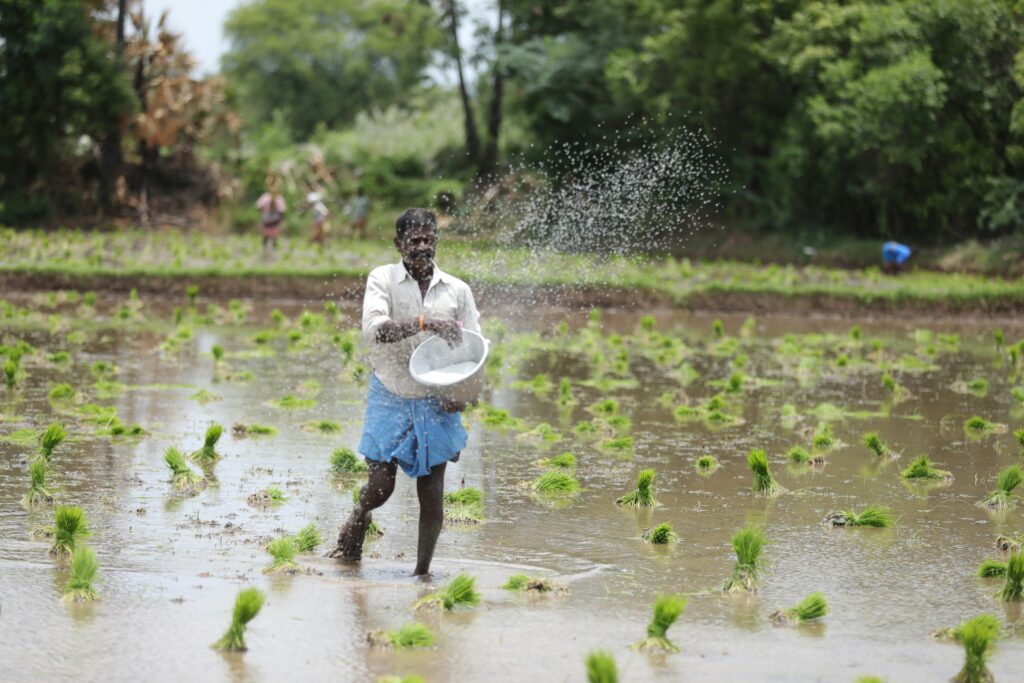
In a bid to revolutionize food production and environmental conservation, industry leaders, policymakers, and the farming community are increasingly turning their attention to sustainable agriculture. This forward-thinking model focuses on long-term viability, minimizing environmental impact, and creating innovative solutions that can benefit both rural communities and global food security.
Pioneering a Greener Future
Sustainable agriculture is emerging as a strategic response to the challenges posed by climate change, soil degradation, and resource depletion. At its core, this model promotes farming practices that work in harmony with natural systems. Embracing techniques such as precision irrigation, crop rotation, organic fertilizers, and integrated pest management, sustainable agriculture reduces harmful chemical use while enhancing soil health. These practices not only address environmental concerns but also support local economies by increasing biodiversity and reducing dependence on expensive, nonrenewable inputs.
Integration of Technology and Traditional Wisdom
One of the most exciting aspects of the sustainable agriculture model is the integration of modern technology with time-tested traditional practices. Advanced data analytics, sensor technology, and artificial intelligence are now being harnessed to optimize planting schedules, monitor crop health, and manage water resources more efficiently. This high-tech approach delivers real-time insights to farmers, allowing them to respond to changing conditions with precision. Meanwhile, traditional knowledge about seasonal cycles and indigenous crops enriches the overall strategy by ensuring that local ecosystems are respected and maintained. This combination of innovation and heritage is paving the way for a transformative era in farming, where sustainable practices can thrive alongside modern efficiencies.
Economic and Social Benefits
The economic implications of sustainable agriculture are vast. By reducing dependency on costly chemical inputs, farmers can lower their operational expenses while enhancing crop resilience. The model’s emphasis on biodiversity and healthy ecosystems leads to more robust yields over time, which can help secure food supplies even in adverse weather conditions. Additionally, sustainable practices often translate into premium market prices, as consumers become more conscious of where and how their food is produced. This economic incentive encourages wider adoption of sustainable methods, ultimately benefiting rural communities through job creation, skill development, and improved quality of life.
On the social front, the sustainable agriculture model fosters stronger community ties by encouraging cooperative initiatives. Farmers, researchers, and local governments are forming partnerships to share knowledge, resources, and best practices. These alliances are critical for addressing local environmental challenges while simultaneously contributing to national and global sustainability goals.
A Roadmap for the Future
Governments and private entities around the globe are now investing in sustainable agricultural research and pilot projects. This commitment to innovation is expected to drive significant policy changes in support of eco-friendly farming, including subsidies for green technologies and incentives for reducing carbon footprints. By prioritizing sustainability, the agricultural sector is not only safeguarding the planet for future generations but is also reinforcing its role as a backbone of global economic stability.
Conclusion
The model of sustainable agriculture represents a paradigm shift in how food is produced and consumed. With the integration of smart technologies, community-focused initiatives, and environmental stewardship at its heart, this approach is setting a new standard for farming worldwide. As research continues to evolve and successful case studies inspire broader adoption, sustainable agriculture is poised to become a cornerstone of global efforts to build a resilient, sustainable future.